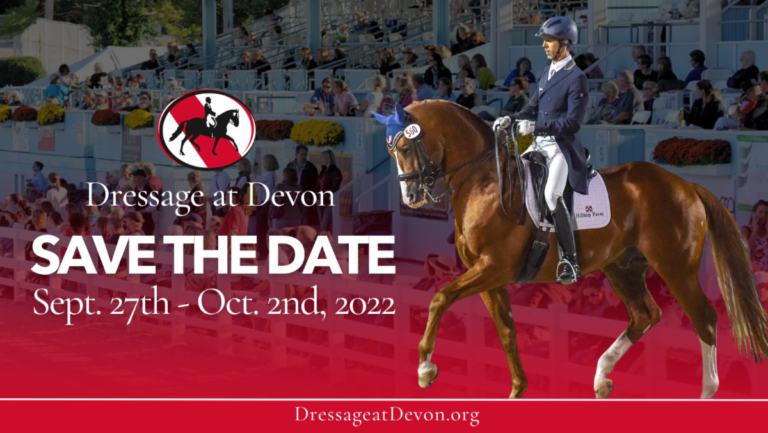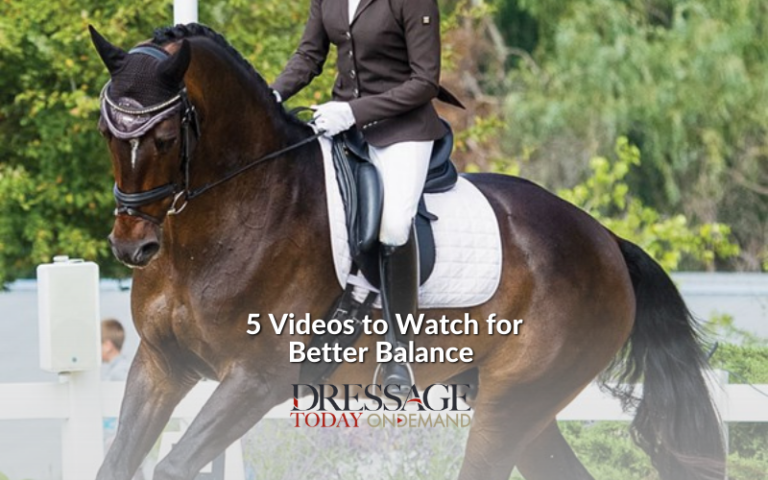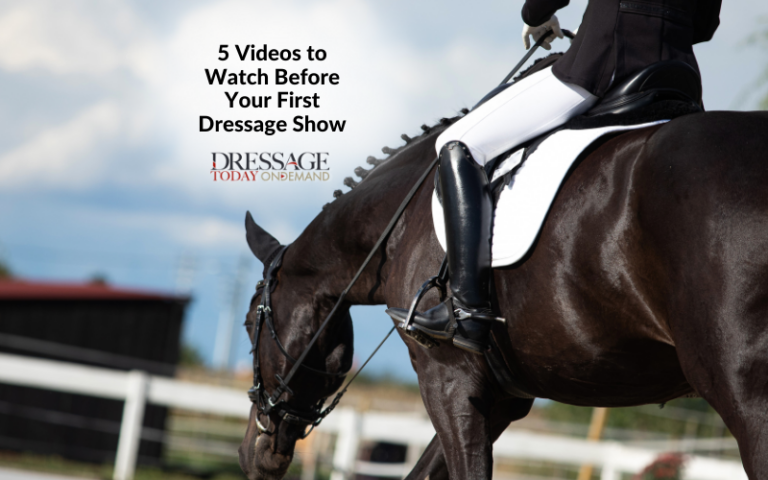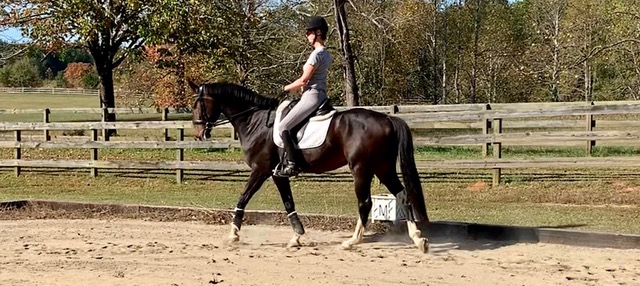I hate the “L” word. What perplexes me most about it, however, is that some weekends of judging I might say it only once or twice, while other weekends it becomes a theme. I don’t detect any reason for clumps of lateral walks at certain shows: More upper-level riders? More lower-level riders? Bad weather? Good weather? Tense atmosphere? Smiles all around? Huh?

What I do know is that many riders can’t tell whether a walk is lateral from the horse’s back unless they have continuing access to an entire wall of mirrors. It’s easy to see a lateral walk (legs on the same side parallel, no “v”) but much more difficult to feel a lateral walk.
This is not to my credit at all, but I once turned a lovely walk into a lateral walk. The good news is that I was able to fix it and I learned from the experience. I guess, for that horse, that the walk was never lateral at home or in lessons, because no one mentioned it. I was accustomed to getting 6s or 7s in the free walk at shows, but with that co-efficient I wanted 7s or 8s. I gradually realized that the free walk was now usually scoring 5s or even the dreaded 4.
I consulted my instructor, who usually wasn’t with me at shows (and this was in the days before videos). Together we figured out that I was pushing too hard for a big free walk at shows and pumping with my seat rather than simply following the motion of the horse’s back. The light bulb moment was when I realized that a lateral walk feels more side-to-side (sort of like I imagine how a camel’s walk feels) while a correct four-beat walk swings forward-and-back. We fixed the problem by using alternate leg aids and slight leg-yielding while walking. I learned to create the energy I wanted with light leg aids and then following that energy with a supple waist and soft elbows.
It also made me hyper-aware. Any time now I feel a little tension in the walk and even just a bit of that side-to-side inclination, I leave what I am doing and allow the walk to swing or add a touch of leg-yield to break up the two-beat tendency. This has really been useful while working on piaffe out of a walk over the past year.
I have a student whose horse has a nice medium walk but which quickly goes lateral if she starts thinking too hard. She then stops her hands and hips from following the motion. I holler at her all the time: “Tell me about the walk,” both when it is good and when it’s starting to go lateral. I want her to acquire that same feel – when is the swing forward-and-back and when is it side-to-side? – so that she doesn’t need my eyes on the ground to get her out of trouble. I’m not there to help her all the time, and I certainly can’t help her when she’s riding a test at a show, so she needs to do this by herself.
Unfortunately it’s a skill set than can’t be easily acquired unless you’ve sat on a horse that is lateral and you have someone there to point it out. Your eyes won’t help you here and you need to relax and tell the difference under your seat bones and through your waist.











